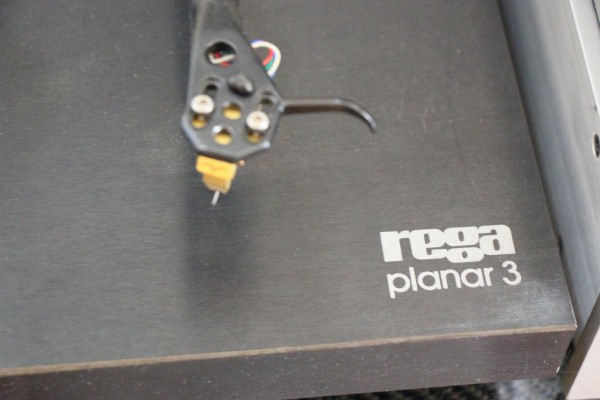
By Lam Seng Fatt
It just dawned on me this morning while I was listening to my stereo system that I am the Classic Hi-Fi guy. Actually I am probably the ultimate Classic Hi-Fi guy.
I have in my system components that were designed 20-30 years ago and are still in production in their latest guises. As they say, good designs will have lasting power.
I shall go through the classic components in my system one by one.
The turntable – Rega Planar 3. I bought this from Trikay – the older audiophiles will still remember Ken and Kim (who is now working for Asia Sound, the Malaysian Rega distributor) – which was located in Asiajaya (now Armada hotel) then.
This must have been back in the 1980s. Back then, if you could not afford the Linn Sondek LP12, you had to settle for the poor man’s version – the Rega Planar. I remember I had the Rega Planar 2 initially; this was with the S-shaped arm. I traded it in for the Rega Planar 3 with the RB300 arm and fitted it with an Ortofon MM cartridge.
The Rega Planar 3 still spins and plays music though I have tweaked and upgraded it. I changed the motor from the one suspended with a rubber band to the new quieter model. I swapped the arm to an RB250 – another Classic Hi-Fi product and tweaked other things including using Mobil 1 as lubrication oil for the spindle.
The Rega Planar 3 is still in production and is called Rega RP3 today.
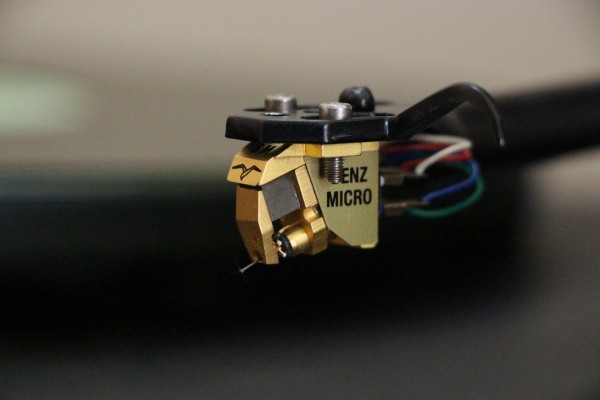
The cartridge – Benz Micro Glider. This was launched in 1993 and survives till today. I have the latest version of it fixed to the Rega RB250 tonearm.
I recall starting out spinning vivyl with the Rega Planar 3 and RB300 tonearm with an Ortofon FF15 cartridge. Along the way, I used a Pickering, a Grado and maybe one or two more brands of MM cartridges. Then I switched to a high-output Moving Coil in the form of a Dynavector 10X3 (which is still available today as the 10X5). After the needle broke off one day a few years back, I switched to the Glider.
The tonearm – Rega RB250. This was launched in the early 1980s and was sold along with the Rega Planar 2 turntable. My RB250 is a new version which was made for the Malaysian market a few years ago. It is a fantastic tonearm for the price and I have tweaked it by replacing the plastic end-stub with a steel one from the RB300 and the counterweight has been changed to Michael Lim’s underslung model.
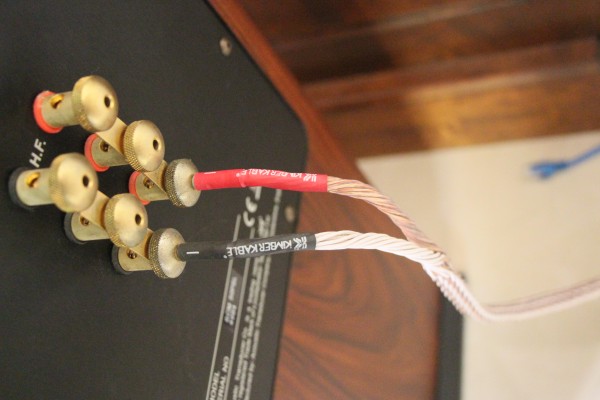
The speaker cables – Kimber 12TC. Though these are relatively new, its heritage goes back to the Kimber 4TC which was launched back in 1979. The Kimber style of braiding has not changed while the conductor and dieletric have improved over the years.
The 4TC’s success led to the launch of the 8TC and then the 12TC. The technology, materials and braiding were similar, but the gauge became larger and larger. The 4TC is still in production today.
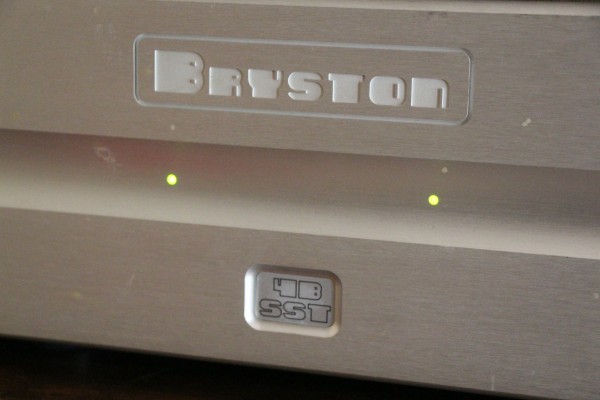
The power amp – Bryston 4B SST. The Canadian company shocked the hi-fi world by offering a 20-year warranty. Well, not only does Bryston’s warranty last a long time, but so do its successful amps.
This power amp was launched as the Bryston 4B NRB in 1976 and quickly became known as the bass monster as it could produce killer bass with slam and wallop. Its neutral sonic signature ensured it a place in recording studios. The 4B is still in production today and the latest version is the 4B SST2. Mine is from the previous generation – the 4B SST.
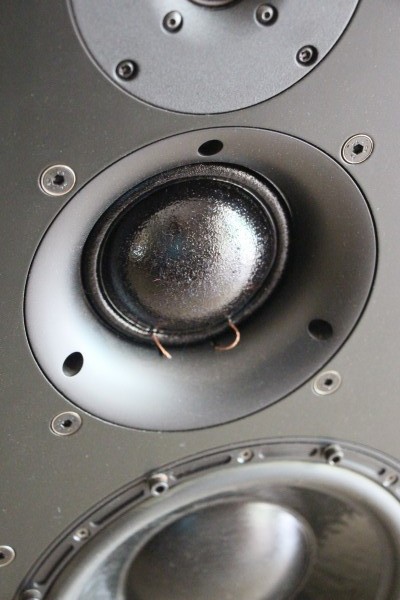
The speakers – ATC SM50 SL (passive). These speakers use the famous ATC SM75-150s dome mid which was invented in 1976. It quickly became the benchmark for mid-range reproduction with its fantastic rendition of vocals and seamless quality from 380 Hz to 3,500 Hz.
Selling a pair of SCM100 speakers to highly-respected BBC ensured that ATC became known as monitor speakers. Very soon, the ATC speakers became favourites with recording studios as their honesty and neutrality were traits that recording engineers loved and found essential. Another British speaker manufacturer, PMC, also made a dome mid and its speakers have also been sought-after by recording engineers.
The preamp – Lamm LL2 Deluxe. Designed by a Russian-American, this preamp was launched in 1999. It was only 10 years later that Lamm came up with a newer version the LL2.1 which has essentially the same circuit and components.
This preamp has given me at once much pleasure and agony. Pleasure because it is indeed a pleasure to listen to; agony as it was so revealing that it revealed the weaknesses of my sound system and I was forced to spend my hard-earned money to change my interconnects to WyWire Platinums.
It looks like what they say about great designs is true – great designs last forever. They become Classics. They work just as well today as they did when they were invented years ago. These timeless designs can still compete with the latest gizmos in town.
The world of audiophilia is filled with such great, classic designs – just look at the Linn Sondek LP12, the LS3/5A, the Quad electrostatic speakers, the Mcintosh MC275 (the 50th Anniversary Limited Edition is still available), the Burmester 808 preamplifier (still in production after 34 years) and the Denon DL103 MC cartridge (designed in 1963! It is still in production today).
A well-assembled sound system comprising these golden oldies can still hold its own against the lastest million-dollar hitech, flashy toys.

hi hasraff,
i just checked and the audiolab 8000a has a built-in phono stage for both MM and MC. generally, MC cartridges sound better than MM ones, so if you can afford an MC cartridge, go for it. you can also use a high-output MC cartridge like the dynavector 10X5 and connect it to the MM inputs. if you want to use an MM cartridge, rega’s exact is a good performer.
tq
sflam
Hi sflam,
Thanks for your reply. I will try the tweak and tips that you have shared.
Between MM and MC cart , which is better for Audiolab 8000a. Any suggestion?
hasraff
i forgot to ask if your rega planar 3 has the old motor that is suspended on a rubber band.
this makes a funny sound when you turn on the turntable.
you can upgrade this to the new quieter motor which is available at asia sound
tq
sflam
hi hasraff,
the rega planar 3 comes with the rb300 tonearm. The rb300 has a coil spring for the vtf. many audiophiles and tweakers have posted that this spring worsens sound quality.
what you can do is to turn the vtf dial past the 3 mark to disengage the spring. then you simply move the counterweight up or down the endstub to get the right tracking force. plse use a stylus gauge to do that. try that and see if there is any improvement.
the next thing to do is to change the counterweight. there are many in the market for the rega tonearm. i use the one made by michael lim, a malaysian vinyl addict.
if your rega planar 3 has not been serviced for a long time, the oil might need replacing. rega uses a kind of gear oil. some people have recommended using engine oil. if you have some spare unused engine oil – fully synthetic – around 5w-40, then you just have to pull out the spindle and put a few drops of oil into the bearing hole and put back the spindle.
try these and see…
welcome to the strange world of hi-fi, vinyl and tweaking…
sflam
I received this in my personal email and thought i would share it.
Hi Mr Lam Seng Fatt,
I recently bought the Rega Planar 3 to replace my Rega RP1. Man, the difference was huge! My humble set up consist of Rega Planar with Ortofon MC15 Super II (low current) , Epos ES11 & Audiolab 8000a. How do I maximise the potential of my Planar? What upgrade should I go for considering the my tight budget?
Please advise. Is Audiolab phono stage able to handle MC cart or should I go for MM cart? Thank you.
Best regards,
Hasraff